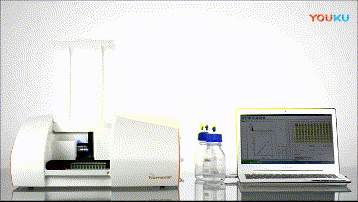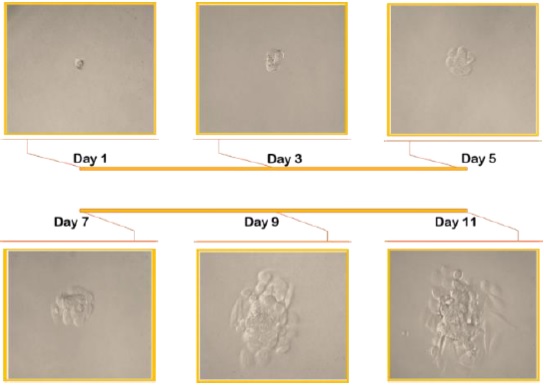Single cell plating new selection
Conventional cell plating is generally carried out by manual limiting dilution. This method is simple to operate and requires only a conventional gun, but the effect is not ideal. Mainly reflected in: poor consistency, low effective hole ratio, time-consuming and so on.
In recent years, the development of monoclonal antibody drugs has been pushed to a new height. More and more companies are investing in this craze, and the requirements of relevant regulations are becoming stricter. Among the many requirements, the FDA's requirements for the monoclonal source of drug sources are very strict, which requires production and R&D companies to perform strict monoclonal validation during cell development. Several orifice scanning devices are currently available on the market to be approved by the FDA, and their data can be used as proof of monoclonal source. What we are discussing here is how to obtain single cells quickly, accurately and efficiently during the separation phase before verification. In addition to the limited dilution method mentioned above, the expensive flow cell sorter can also be used as one of the single cell plating tools. Of course, in addition to complicated operation and special maintenance, the sorted cells are often used. The recovery rate is relatively low. In the flow sorting, the damage of the cells is relatively large.
The Namocell Single Cell Separator offers a new solution for cell plating. The device uses the latest patented microfluidics technology to achieve fast, efficient and accurate cell plating. And the separation process is gentle and does not affect the subsequent growth of the cells. Can be widely used in the development of monoclonal antibody CLD links, as well as single-cell sequencing.

The principle of Namocell single cell separation for cell plating is as follows:
The cells are injected into the chip cavity through a disposable upper end of the chip. The single cell flow flows through the laser detection area in the microfluidic channel, and the machine can recognize the cells, remove the cell debris, dead cells and cells with poor state, so that the cells that finally fall into the well plate have good activity. . The high-speed electronic valve accurately captures each active cell, eventually forming a 1 ul volume of droplets that gently fall into the well plate. The damage to the cells in the whole process is negligible, so most of the cells of the sorted cells can be split and grow again.
The whole process is very fast. Generally, a 9-well plate sorting takes about 1 minute. The ratio of a single cell to a hole is 85% to 90%, and the proportion of general cell recovery is 40% to 65%. The recovery ratio has a lot to do with the cell itself. ).

Features:
Fast---a 96-well plate for 1min
Efficient---single cell plating ratio is nearly 90%
Activity---non-destructive sorting, high recovery ratio
Sterile---disposable sterile chip to ensure aseptic sorting and avoid cross-contamination of samples
See the official website for details:

Figure 1 Namocell single cell plating effectiveness

Figure 2 Growth of Namocell cells after plating
if you only have hearing loss in one ear, then you have unilateral hearing loss and you`re more likely to get all the support you need from a single hearing aid. You can wear a single unilateral hearing aid in your bad ear and hear normally with the other one. Because your other ear is functioning normally you will get all the benefits of binaural hearing with just one hearing device.
Single Hearing Aid,Single Ear Hearing Aid,Single Sided Hearing Aids,One Sided Hearing Aid
Shenzhen Sunshine Technology Co.,Ltd , https://www.shenzhenyatwin.com